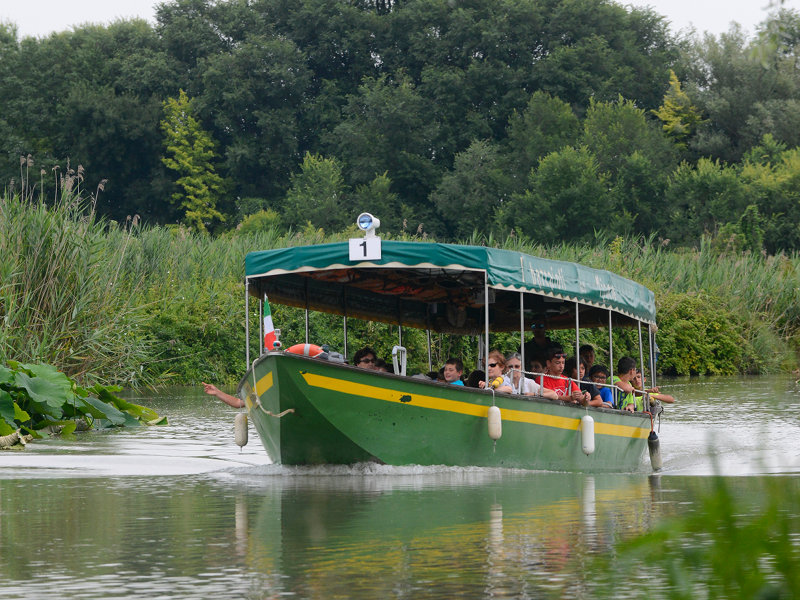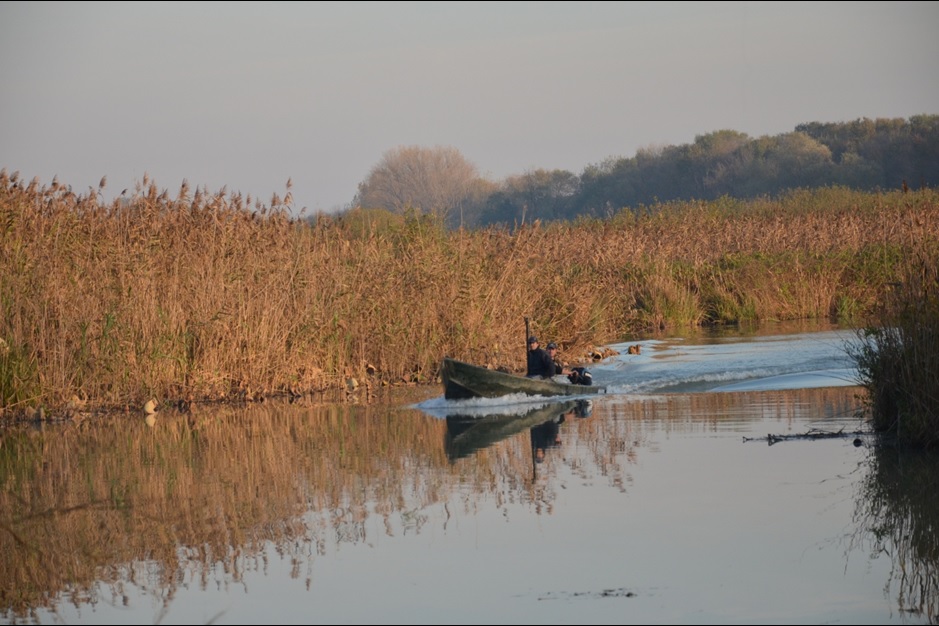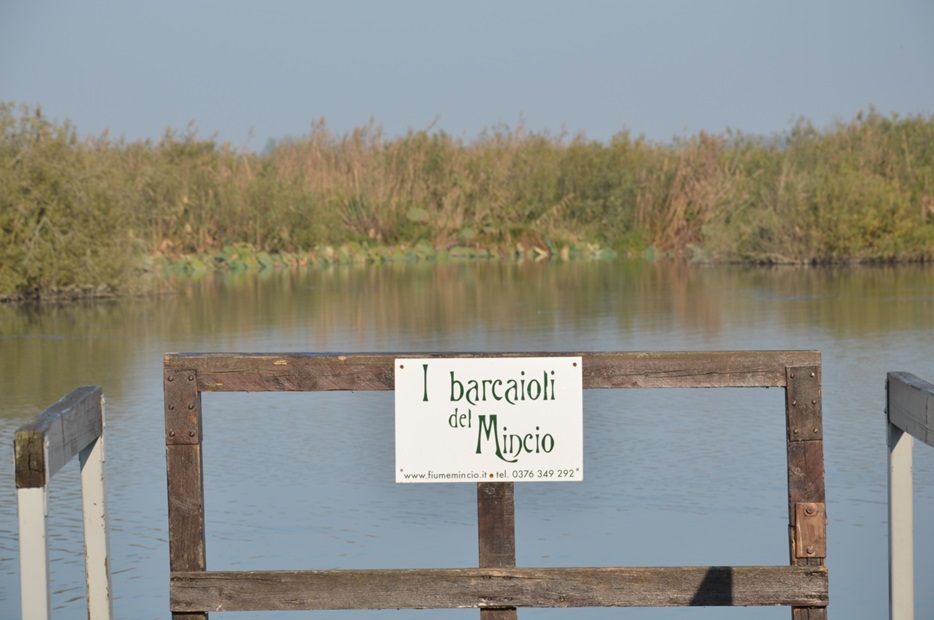Riva della Madonna
 Naturalistici
Naturalistici
Descrizione
Grazie is part of the “Mincio Valleys”, one of the most important nature reserves in Europe. It is home to many different species of marsh plants and birds. Boats can be seen on its waters dotted with white water lilies, yellow candocks and fringed water lilies and among the rushes edged with the deep pink of the rare marsh hibiscus, surrounded by herons in flight. The herons nest in large colonies where hundreds of red and ash grey herons, egrets, night herons, squacco herons and cattle egrets raise their young together in the rushes and aquatic shrubs. Western marsh harriers fly over the marsh in large numbers all year long, looking for prey. A lot of small birds, including the brightly-coloured bearded reedling, bring the rushes to life, while penduline tits hang their unusual nests from the branches of the willow trees. Many birds, including ducks, bald-coots, grebes and cormorants spend the winter there; during migration, in autumn and spring, the waters are filled with water fowl which stop there before continuing their long journey. These marshes are also home to a lot of amphibians, including the green frog, the common and emerald green toad and, in the watery meadows, the extremely rare Lataste’s frog. In summer visitors can admire the lotus flowers in bloom; this beautiful exotic plant was imported to Mantua in 1921 but its large leaves had invaded such a large part of the reserve that it was creating serious problems for the flora and fauna there. Over the past couple of years, the number of lotus flowers has been reduced and now it is carefully controlled and can only be found in certain areas.
Grazie fa parte delle “Valli del Micio”, una riserva naturale fra le più importanti d’Europa. È questo il regno delle piante palustri e degli uccelli. Sulle acque colorate dalle Ninfee bianche e dai gialli Nannuferi e Limnantemi, fra i canneti bordati dal rosa intenso del raro Ibisco di palude, si naviga tra voli di aironi. Questi nidificano in colonie numerose, dove centinaia di Aironi rossi e cenerini, Garzette, Nitticore, Sgarze ciuffetto e Aironi guardabuoi allevano tutti insieme i loro piccoli tra le canne e gli arbusti acquatici. I Falchi di palude, presenti in gran numero, sorvolano tutto l’anno la palude alla ricerca di prede. Tantissimi piccoli uccelli, tra cui il variopinto Basettino, animano i canneti mentre il Pendolino apprende il curioso nido ai rami di salice. Molti uccelli, tra cui anatre, Folaghe, Svassi e Cormorani, vi trascorrono l’inverno; durante la migrazione, in autunno e primavera, le acque si popolano di uccelli acquatici che sostano prima di continuare il lungo viaggio. Queste paludi sono anche il regno degli anfibi, tra cui la Rana verde, il Rospo comune e quello smeraldino e, nelle ultime praterie umide, la rarissima Rana di Lataste. In estate si può ancora vedere la fioritura del Fior di loto; questa bella pianta esotica, importata a Mantova nel 1921, aveva occupato con le sue grandi foglie gran parte della riserva, creando seri problemi alla flora e alla fauna naturalmente presenti; dopo la riduzione effettuata negli scorsi anni, oggi la pianta è presente, sotto attento controllo, soltanto in alcune zone.



